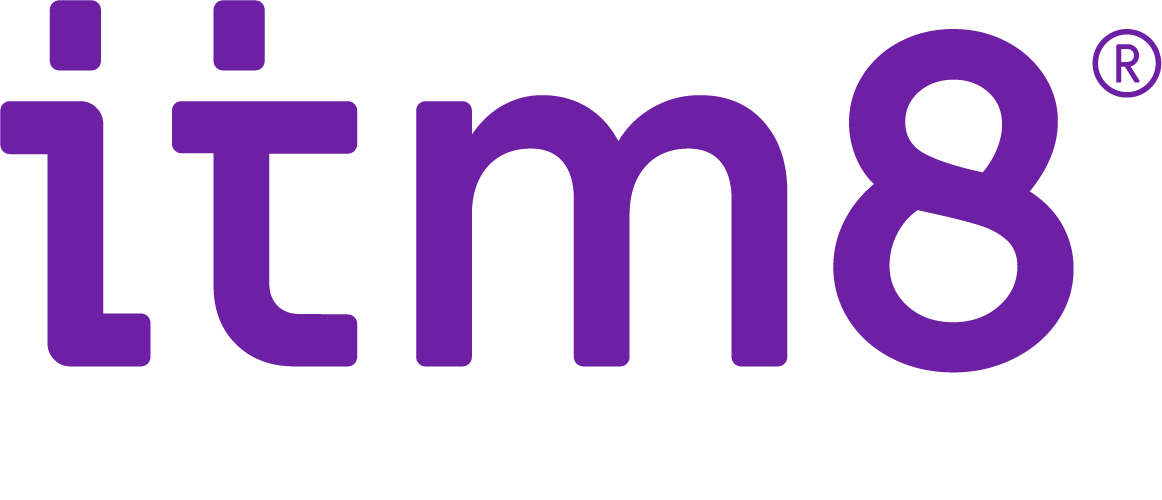Säkra enheter är en förutsättning för IT-säkerhet i molnet
lästid I minuter: 3
FXA 2019-okt-30 14:00:00
Säkerhetsavdelningen har ett digert arbete med att hålla reda på alla enheter som används på det flexibla kontoret. Det är stationära och bärbara datorer, telefoner från olika tillverkare och surfplattor. Det är tyvärr även vanligt att allt för många andra enheter tillåts, till exempel privata surfplattor, speldatorer i hemmet eller datorer i hotellobbys – helt utan hänsyn till IT-säkerheten.
Det finns företag med egen IT-säkerhetsavdelning som har alla enheter under kontroll, men allt för många har inte koll på alla enheter medarbetarna använder. Det kan bero på en naiv ”det händer inte oss”-mentalitet eller helt enkelt att en överbelastad IT-avdelning som inte hinner med.
Rikard Burman på itm8 har själv sett vad som kan hända när enheter inte skyddas på ett effektivt sätt. Glöm inte bort att det krävs säker hårdvara för att arbeta tryggt i molnet — och ingen hårdvara är säker ”out of the box”. För att få kontroll över och säkra alla de enheter som används på ditt företag rekommenderar Rikard att du tittar på följande funktioner:
Kravställa enheter
Hur ser inloggningen ut? Använder alla PIN-kod på sin mobil? En dator med eller utan lösenord? Hur kvalificerat är lösenordet? Om en användare väljer att ändra inställningarna förlorar de åtkomst till dess inställningarna återställts. Enheten betraktas bara som säker om alla inställningar är korrekt konfigurerade. Hur säker är en dator eller telefon utan lösenord och med ett äldre operativsystem som inte uppdateras? Inte särskilt. Säkerheten påverkas av de enheter som kopplar upp sig mot era tjänster. Genom att kravställa de enheter som ska använda företagets tjänster blir IT-säkerheten och användarens trygghet mycket bättre.
Enhetsinventering
Vi byter telefoner och datorer titt som tätt men hur ofta städar vi bort gamla enheter ur listan med betrodda enheter? Listan över enheter som har tillgång till företagets resurser kan bli lång och jobbig att administrera. I en modern säkerhetstjänst kan du som IT-ansvarig sätta upp regler så att enheter som inte används låses eller raderar företagets data efter en viss tid och sedan raderade ur inventarierna. Kommer alla användare ihåg att ta radera borttappade telefoner och gamla laptops ur listan eller är de upptagna med att få de nya enheterna att fungera?
Spåra enheter
På tal om borttappade enheter — det händer. Oturen kan vara framme i form av en kvarglömd väska eller stöld. Har du möjlighet att spåra en borttappad telefon eller dator? Det finns en rad verktyg för att spåra uppkopplade enheter (med användarens integritet i behåll). Vilket verktyg du använder är inte det viktiga. Det viktiga är att det finns rutiner kring vad som ska hända när en enhet kommer på villovägar. Ska en borttappad enhet låsas eller raderas om den inte hittas? Är informationen på enheten säker?
Det viktiga är att det finns rutiner kring vad som ska hända när en enhet kommer på villovägar. Ska en borttappad enhet låsas eller raderas om den inte hittas? Är informationen på enheten säker?
Enhetsinställningar
När en enhet uppfyller kraven som företaget ställt på den kommer vi till hanteringen. I en modern värld är vi inte längre bundna till kontoret och bara kan få våra uppdateringar och inställningar när vi är inne på kontoret. Istället för att mejla ut instruktioner och hoppas att alla inställningar blir korrekt gjorda kan IT skicka ut dem till alla enheter. Det kan röra sig om ändrat förfarande för kryptering av enheten, ändrad lösenord/pinkods policy eller ny WiFi på kontoret.
Applikationshantering
På företag som tillåter att medarbetarna använder privata enheter, populärt kallat Bring Your Own Device (BYOD) är det inte rimligt att företaget administrerar hela enheten. När det kommer till BYOD är det oftast telefoner och surfplattor som är aktuella. Många vill till exempel kunna kolla jobbmejlen på den privata telefonen. En modern säkerhetstjänst kan hantera enheter på app-nivå, till exempel kräva PIN-kod på mejlappen för att den ska fungera och möjligheten att radera endast företagets data om telefonen hamnar på villovägar.
Microsoft Intune är nyckeln till IT-säkerhet
Att skydda medarbetarnas digitala verktyg är en viktig uppgift för IT- och säkerhetsavdelningen. Tack vare Microsoft Intune finns det möjligheter för att göra just det – att enkelt säkra enheterna, utan att de blir osmidiga att arbeta på.
- De flesta inom IT har hört talas om Intune men har kanske inte använt det. Intune blir nu mer attraktiv när den ingår i Microsoft 365-paketen. Möjligheterna att få kontroll på enheterna så man kan arbeta säkert och komma åt de applikationer som företaget tillhandahåller blir nu mycket bättre, avslutar Rikard.
Har du koll på hela företagets alla enheter? SecureIT är en workshop där du får testa Microsoft Intunes funktioner och se vilka möjligheter som finns. Boka en workshop idag.


